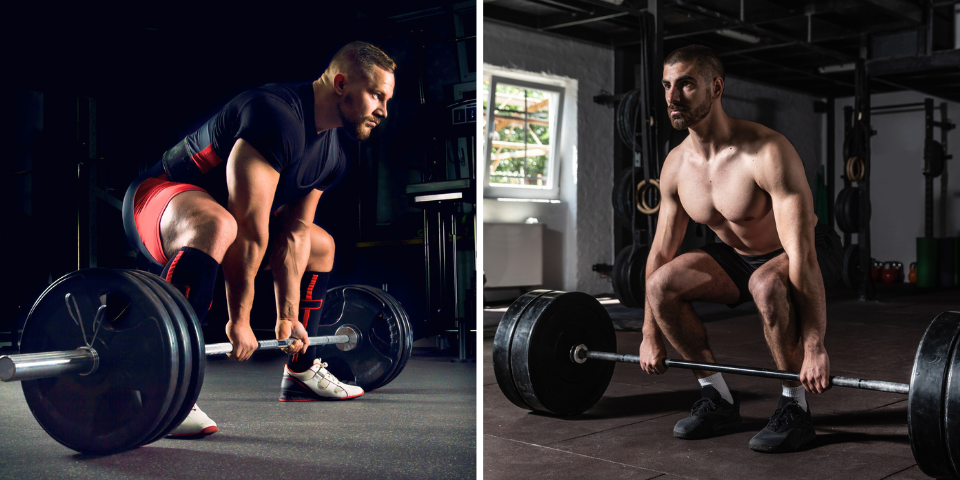By Leo Shveyd, Co-Owner of Advanced Wellness
Key to understanding your role in promoting healing is learning how your body is naturally designed to regenerate and heal itself. Did you know that in 49 days, your body will make all new red tissue (muscles) and in 210 days, it will make all new white (connective) tissue (tendons, ligaments, etc.)? So if you want healthier, stronger, more resilient tissues, it turns out you can do this by simply applying the appropriate amount of force into your tissues (or “loading the tissues”) which encourages them to grow back better.
As Dr. Andreo Spina says “force is the language of cells” and loading the tissues is one of the best ways to drive force into an injured area. “One of the most important concepts in orthopaedics in this century is the understanding that loading accelerates healing of bone, fibrous tissue, and skeletal muscle….Although new approaches to facilitate bone and fibrous tissue healing have shown promise (e.g., the use of cytokines, cell transplants, and gene therapy), none has been proved to offer beneficial effects comparable to those produced by loading of healing tissues.”[1] (emphasis added)
Equally important is the revelation that what you put into your system dictates the quality of the tissues your body regrows! Think about that. This is powerful! You have control!
The “Appropriate Movement” Method of Healing Injuries
An alternative approach to the original RICE method of healing is called “appropriate movement”, a method of healing and recovery engineered to improve future athletic performance.
The key here is that your movement needs to be “appropriate” to promote healing. Too light a load, and you will not generate enough force. Too much load and you will further exacerbate the injury. The load you use needs to be balanced “just right”. I consider movement to be “appropriate” to an injured athlete when it is pain-free, gentle, possibly isometric (meaning contracting the surrounding tissues without actually moving; the great thing about isometrics is you are able to produce muscle/tissue activation without shear), with a preference for circular motion, at the affected area, or at a nearby location.
But How Do You Use Movement to Heal When You Are in Pain?
Even if you are not able to move, you can directly load and contract the tissues affected by the injury, or possibly, even perform slight isometric movements. A “fun fact” about your body is its ability to use nearby tissue to contract muscles, activating the lymphatic system. By contracting muscles near the injury, you still get the benefits of blood cycling, even though your options to add force at the direct site of your injury are limited due to pain.
Putting the Appropriate Movement Approach into Practice
Want to see what using “appropriate movement” techniques looks like in real life? With a sprained ankle for example and in a situation where you can’t put pressure on the ankle while standing, here are some examples of unloaded movements you can do for this injury, on a continuum from isometrics to rotation.
Timing, frequency, sequence and dosage are also key ingredients for “appropriate movement”. I like to do unloaded movements once an hour for about 10 repetitions or 1-2 minutes in the hours immediately following an injury. The focus should be on frequency with light intensity.
As soon as I can start loading, I like to progress to the following option with the same sequence, and gradually increase the intensity, remembering to always stay in a pain-free range.
Compression and Elevation or “Lazy Person” Movements
Movement is challenging when you are injured, so it helps to have some “lazy person” movement alternatives. Compression, elevation and electrical stimulation are all options here. They help keep blood cycling in between therapy and training sessions.
While we know in the case of an injury that “R”est won’t provide further damage, neither will it accelerate the healing process. And prolonged rest, can actually cause weakening and/or atrophy of the surrounding tissues, which will delay the healing process. And we have shown how ice also delays, and may interfere, with the healing timeline.
But what about “C” and “E” of R.I.C.E, compression and elevation? Like rest, ice and anything that interferes with the natural cycling of blood in the human body, “prolonged” compression and elevation slow the healing process as well. But what if you can’t contract your muscles or move? I like to refer to compression as a “lazy person’s” movement. Essentially the compression wrap acts as a tool to push the waste products away from the injured area, temporarily decreasing swelling and allowing new blood to come in. Please understand wearing a compression sleeve or wrap for prolonged periods is not the same as putting it on for 2-3 minutes and taking it off (i.e. the cycling effect), and doing this once an hour. Moreover, wearing a brace for longer periods of time that supports an injured/weakened joint, which is valuable in its own right, is also not the same as short bouts of compression. Timing, frequency, sequence and dosage are all critical here.
Here is an example of how you might use compression and/or elevation:
My recommendation is that you consider combining compression and/or elevation with unloaded or loaded appropriate movement.
Based on my understanding of the working of the lymphatic system, I would not suggest compressing and/or elevating an injured area for more than 2-3 minutes at a time. Remember the goal is to move or mimic movement with the formula being appropriate loading to contraction-relax-repeat.
[1] Buckwalter, J. A., MS, MD, & Grodzinsky, A. J., PhD. (1999). Loading of Healing Bone, Fibrous Tissue, and Muscle: Implications for Orthopaedic Practice. Loading of Healing Bone, Fibrous Tissue, and Muscle: Implications for Orthopaedic Practice. Journal of the American Academy of Orthopaedic Surgeons, 7(5), 294.








Leave a Comment